
The City of Petra
The city of Petra, the capital of the Nabataeans, is one of the most famous archaeological sites in the world. Located 240 km south of the capital, Amman, and 120 km north of the Red Sea town of Aqaba, Petra, the world wonder, is undoubtedly Jordan's most valuable treasure and greatest tourist attraction. It is visited by tourists from all over the world.
The exact date of Petra's construction is unknown, but the city began to prosper as the capital of the Nabataean Empire from the 1st century BC, which grew rich through trade in frankincense, myrrh, and spices.
Petra was later annexed to the Roman Empire and continued to thrive until a large earthquake in 363 AD destroyed much of the city in the 4th century AD. The earthquake, combined with changes in trade routes, eventually led to the city's downfall, and it was ultimately abandoned.
Watch video
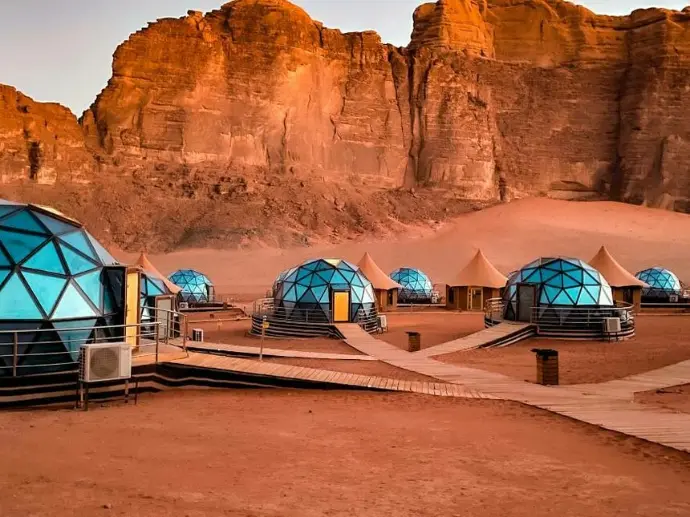
Wadi Rum
“The Valley of the Moon”, depicted as Mars in several Hollywood feature films Wadi Rum is an Arabian fairy-tale waiting to be discovered. Home to nomadic Bedouin tribes, Wadi Rum is a a quiet getaway of stars, sand, and sun; a perfect complement from Amman’s epicenter. Once inhabited by the Nabataeans of prehistoric times, Wadi Rum allows you to get lost in large landscapes and horizon lines. The calmness of the desert is sure calm your spirit and de-clutter your thoughts. Wadi Rum is waiting for you.
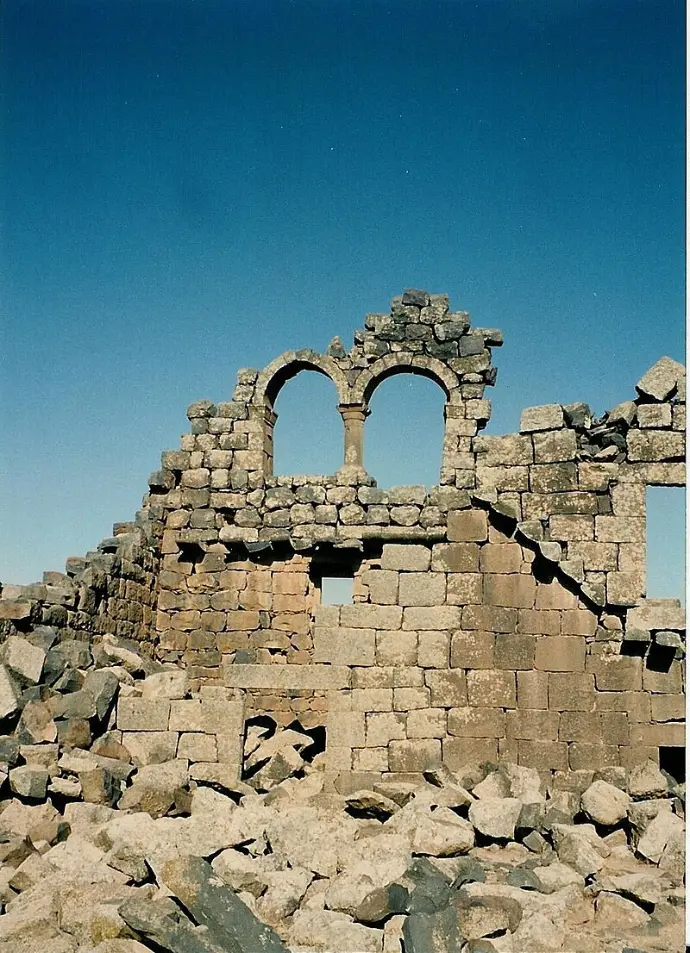
Umm el-Jimal
Umm al-Jimal is an ancient Roman city located in Jordan, 86 km from the Jordanian capital, Amman, near the city of Mafraq, close to the Syrian-Jordanian border in the far north of Jordan. It is characterized by the most wonderful stone gates and is known as the “Black Oasis” due to its large numbers of black volcanic stones.
The city was built on the edge of one of the valleys that descend from Jabal al-Druze towards the southwest. This valley is considered a dividing line between the Syrian Harra, which extends from Azraq in the south to the outskirts of Damascus, and from Wadi Maqat in the east to Umm al-Jimal in the west, with a depth exceeding 200 km.
Watch video

Dead Sea
A spectacular natural wonder, the Dead Sea, located 427 meters below sea level, is perfect for wellness tourism and family fun in the sun. The leading attraction at the Dead Sea is the warm, soothing, super salty water itself – some ten times saltier than sea water, and rich in chloride salts of magnesium, sodium, potassium, bromine, and several others. Additionally, the atmospheric oxygen concentration at the Dead Sea is higher than in most other places on Earth, contributing to its health benefits. The unusually warm, incredibly buoyant, and mineral-rich waters have attracted visitors since ancient times, including notable historical figures like King Herod the Great and Cleopatra. Visitors have luxuriated in the Dead Sea's rich, black, stimulating mud and floated effortlessly on their backs while soaking up the water's healthy minerals along with the gently diffused rays of the Jordanian sun. Additionally, the baptism site is located very close to the Dead Sea, adding to the area's historical significance.
Watch video

Aqaba
The Jewel of the Red Sea
Aqaba is a shared sentiment, a sense of belonging, warmth, and cultural exchange. We invite you to experience the spirit of Aqaba, a spirit that is both nurturing and welcoming, reflecting the deep-rooted values of its inhabitants. Here, in this city, every interaction, every shared story, every embraced visitor is a testament to our natural way of life.
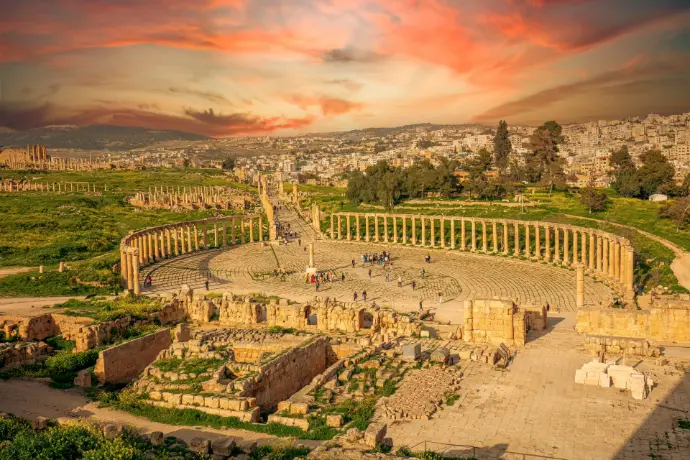
Jerash
A close second to Petra on the list of favorite destinations in Jordan, the ancient city of Jerash boasts an unbroken chain of human occupation dating back more than 6,500 years and is only about 45km north of Amman and because of its water the site has been settled at least since Neolithic times. The city's golden age came under Roman rule and the site is now generally acknowledged to be one of the best-preserved Roman provincial towns in the world and one of the Decapolis cities once named Gerasa. Hidden for centuries in sand before being excavated and restored over the past 70 years, Jerash reveals a fine example of the grand, formal provincial Roman urbanism that is found throughout the Middle East, comprising paved and colonnaded streets, soaring hilltop temples, grand theatres, spacious public squares and plazas, baths, fountains and city walls pierced by towers and gates. Beneath its external Graeco-Roman veneer, Jerash also preserves a subtle blend of east and west. Its architecture, religion and languages reflect a process by which two powerful cultures meshed and coexisted - The Graeco-Roman world of the Mediterranean basin and the ancient traditions of the Arab Orient.
Watch video
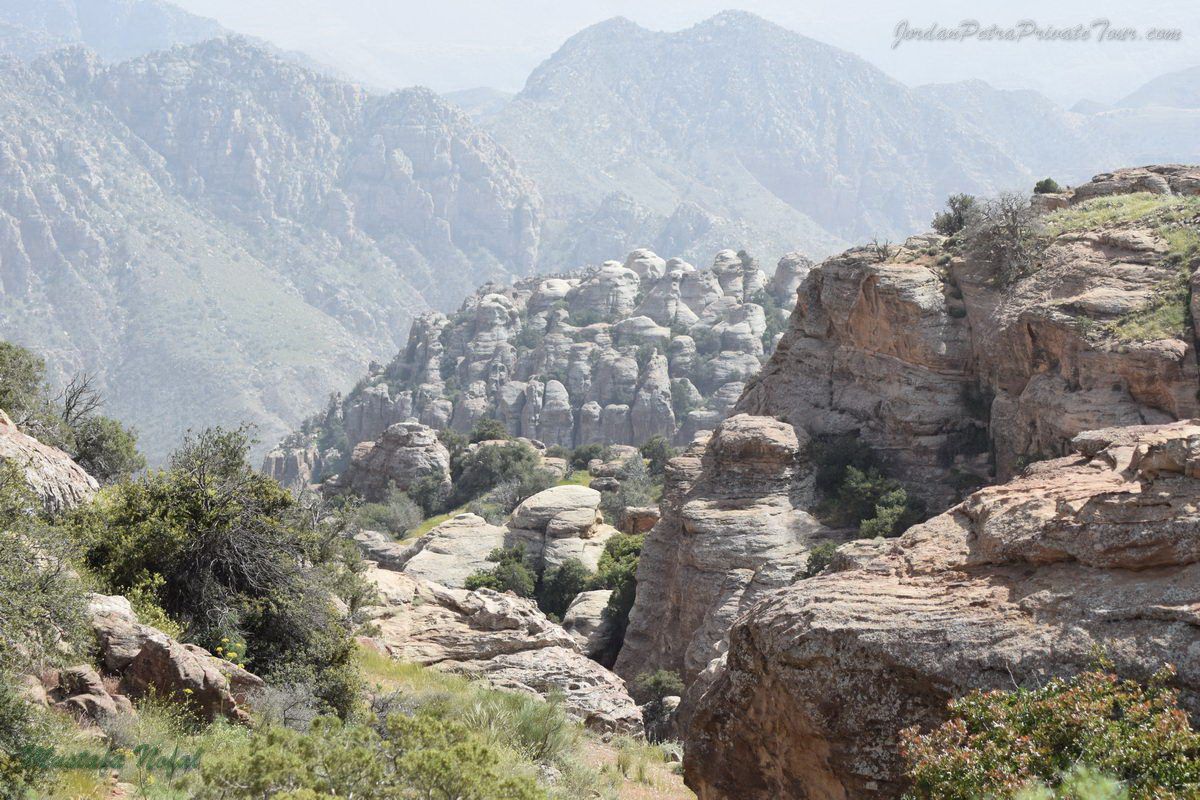
Dana Biosphere Reserve
Dana Biosphere Reserve is an area of staggering beauty, history, and biodiversity. The only reserve in Jordan that encompasses the four different bio-geographical zones of the country (Mediterranean, Irano-Turanian, Saharo-Arabian and Sudanian), it is a melting pot of species from Europe, Africa and Asia. Such a combination of natural communities in a single area is unique in Jordan and many of Dana Biosphere Reserve’s animals and plants are very rare. So far, a total of 800 plant species and 449 animal species have been recorded in the Reserve, of which 25 are known to be endangered, including the Sand Cat, the Syrian Wolf, the Lesser Kestrel and the Spiny Tailed Lizard.
Watch more
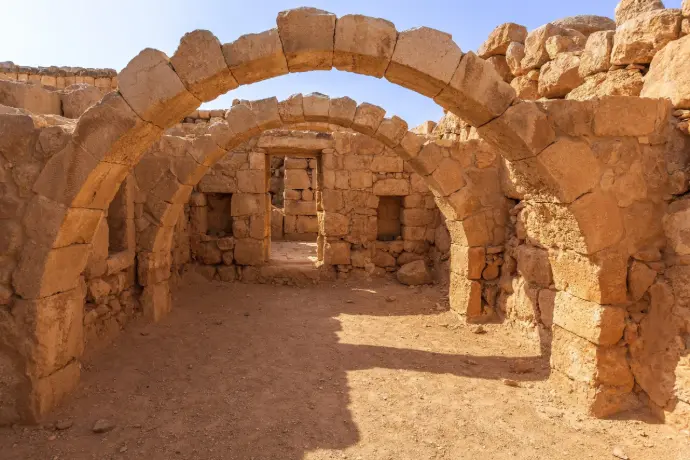
Desert Castles
Jordan's desert castles, beautiful examples of both early Islamic art and architecture, stand testament to a fascinating era in the country's rich history. Their fine mosaics, frescoes, stone and stucco carvings and illustrations, inspired by the best in Persian and Graeco-Roman traditions, tell countless stories of the life as it was during the 8th century. Called castles because of their imposing stature, the desert complexes actually served various purposes as caravan stations, agriculture and trade centers, resort pavilions and outposts that helped distant rulers forge ties with local Bedouins. Several of these preserved compounds, all of which are clustered to the east and south of Amman, can be visited on one - or two-day loops from the city.
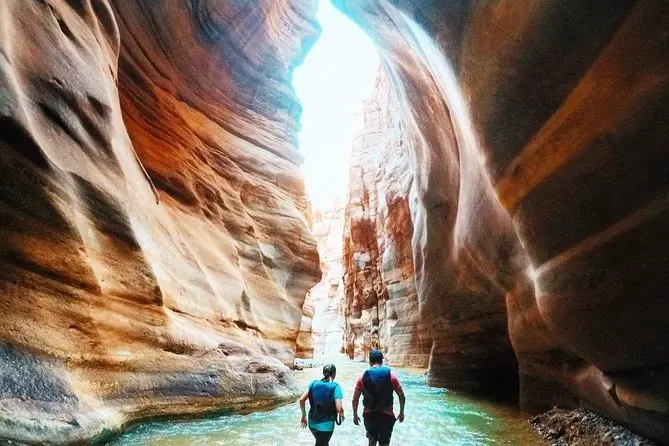
Mujib Biosphere Reserve
Wadi Mujib is located in Jordan, and it is one of the Jordanian tourist destinations, and it is a narrow corridor that intersects with the Dead Sea. The area of the valley on the eastern side of the shore of the Dead Sea is 220 square kilometers, and Wadi Mujib is known as (Wadi Arnoun). Wadi Mujib is characterized by its amazing and picturesque landscapes, as it occupies a privileged position to attract visitors and tourists, who enjoy its atmosphere. The valley contains 412 species of plants and 50 species of animals. It is also considered a theatre for migratory birds, and the area is a fun place for amateur fishermen.Wadi Mujib, or the Arnon Stream as it was known in biblical times, has always been an important boundary-line.
Watch video